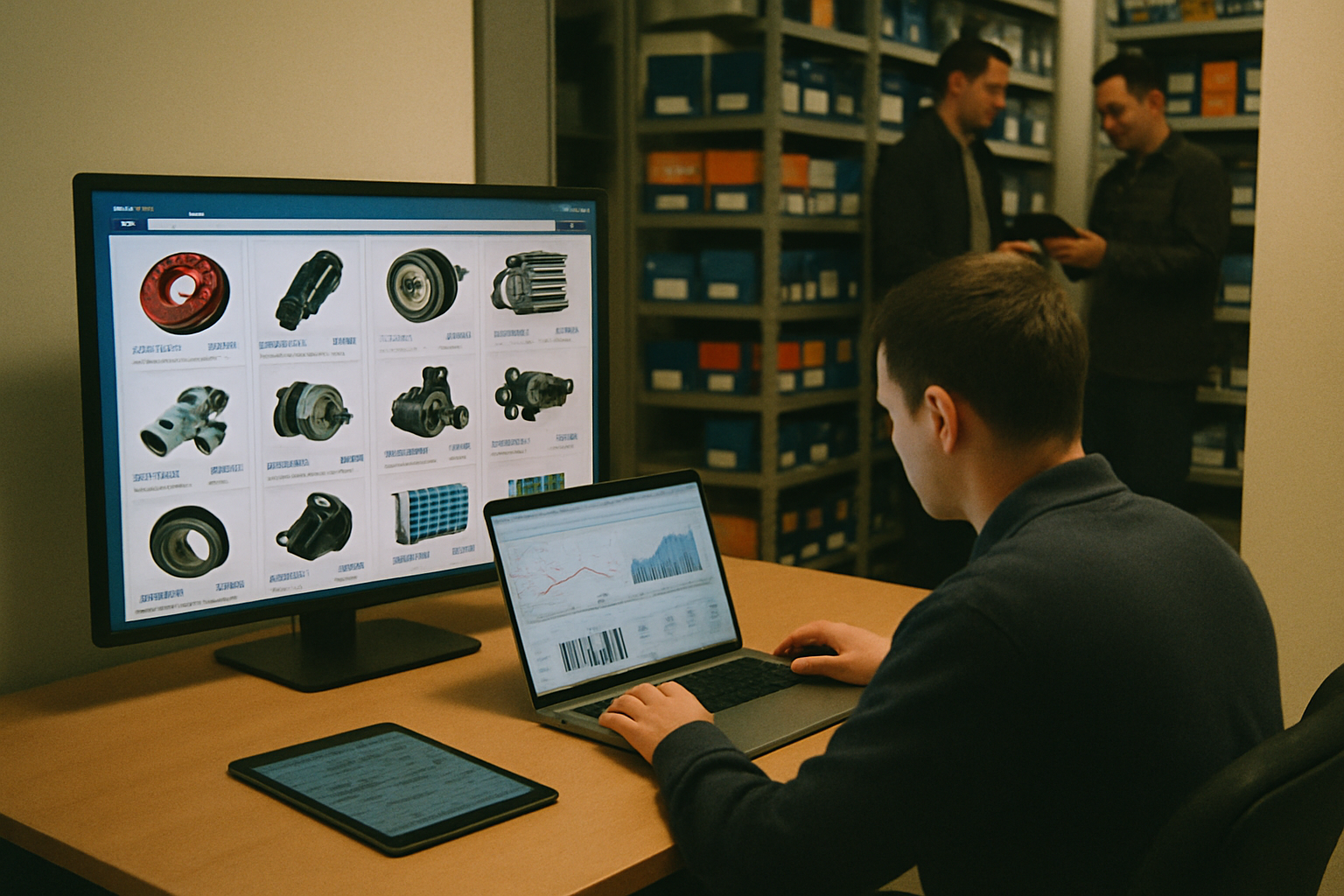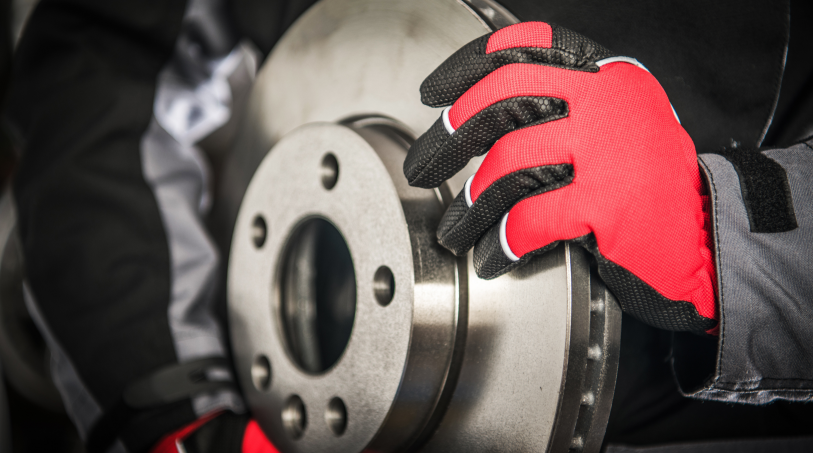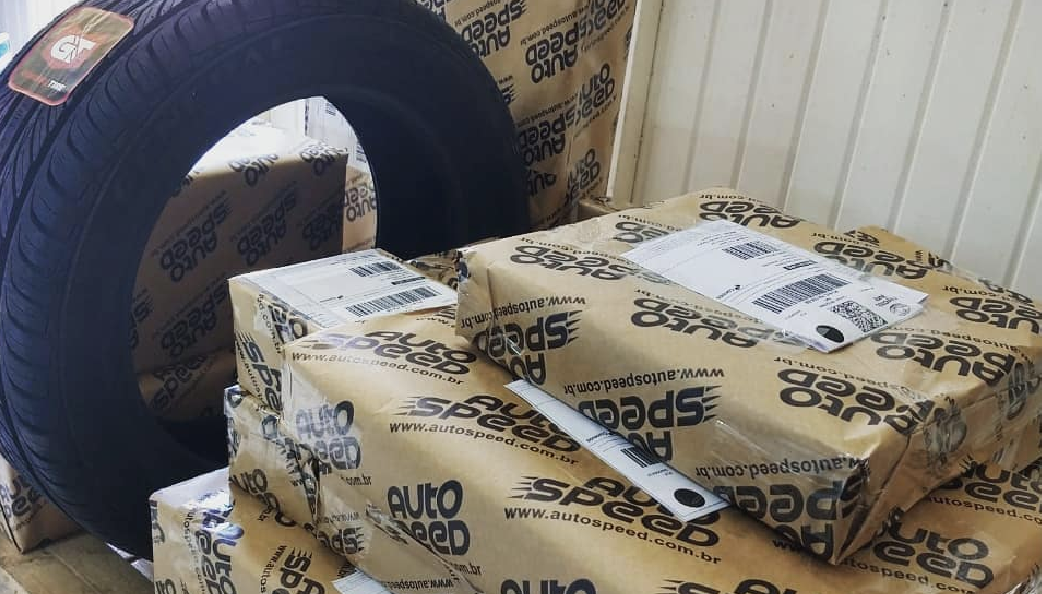The digital transformation in auto parts and after-sales services is gaining a new ally: social commerce. More than just a trend, using social media to generate direct sales is becoming an essential strategy for distributors, manufacturers, and workshops seeking greater efficiency, closer customer relationships, and market differentiation.
One of the main fronts of this transformation is live commerce, a model that combines live streaming and real-time sales. The practice, which gained traction in China and generated over 3.5 trillion yuan in 2022, according to Statista, is beginning to be adopted in the automotive sector as a way to showcase digital catalogs, clarify technical questions, and increase online conversion of items such as filters, shock absorbers, batteries, and accessories.
According to Research and Markets, the global live commerce market is expected to exceed US$ 600 billion by 2027. In Brazil, major players like Mercado Livre and Americanas are already investing in influencer-led live streams to boost sales — and the auto parts segment has followed this path with good results.
Live technical catalog and more accurate sales
Unlike traditional retail, the automotive sector faces an extra challenge: the technical complexity of parts. In this scenario, live commerce emerges as an effective solution to educate end customers and mechanics, who often still have doubts about the correct application of components.
This is the case for distributors hosting technical live sessions with specialists, explaining, for example, the differences between cabin filters, how to identify compatible parts via a digital catalog, and the most common mistakes when installing suspension systems. This type of content not only helps reduce returns and purchase errors but also strengthens customer trust in the store.
Moreover, by integrating the digital catalog with the management system, it is already possible to update prices and stock in real time, ensuring faster sales. This also allows for highlighting flash promotions during live sessions, increasing urgency and conversion rates.
Direct impact on workshops, retailers, and consumers
The digitalization of the sales process — combined with social commerce engagement — has a direct effect at the endpoint: the end buyer saves time, has more clarity about what they are purchasing, and feels more confident completing the order.
According to Think With Google, 55% of consumers say live videos help them make faster decisions when shopping online. When it comes to automotive parts, which require precision and trust, this real-time content becomes even more relevant.
Workshops that watch technical live streams can train their teams, learn about new product launches, and even receive exclusive coupons or direct-purchase deals via e-commerce platforms. Retailers, by better understanding the advantages of specific items, can guide their own customers more effectively — creating a more informed and digitally connected chain.
More than a trend: social commerce as a strategic pillar
The combination of social media, digital catalogs, and live streams is reshaping how replacement parts are presented and sold. Real-time interaction, combined with trust generated by industry professionals, creates a clearer, more efficient, and conversion-oriented buying journey.
Brands that previously relied exclusively on physical channels are now experiencing a new level of customer engagement — more direct, educational, and digital.
And if, until recently, selling auto parts via social media seemed unlikely, today it is safe to say: social commerce is here to stay — and promises to be a competitive differentiator in the automotive sector.












